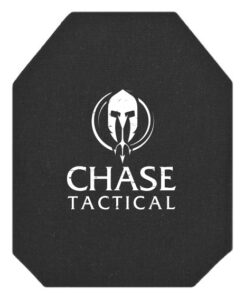Lightweight vs Heavy-Duty Armor Plates: When to Use Each
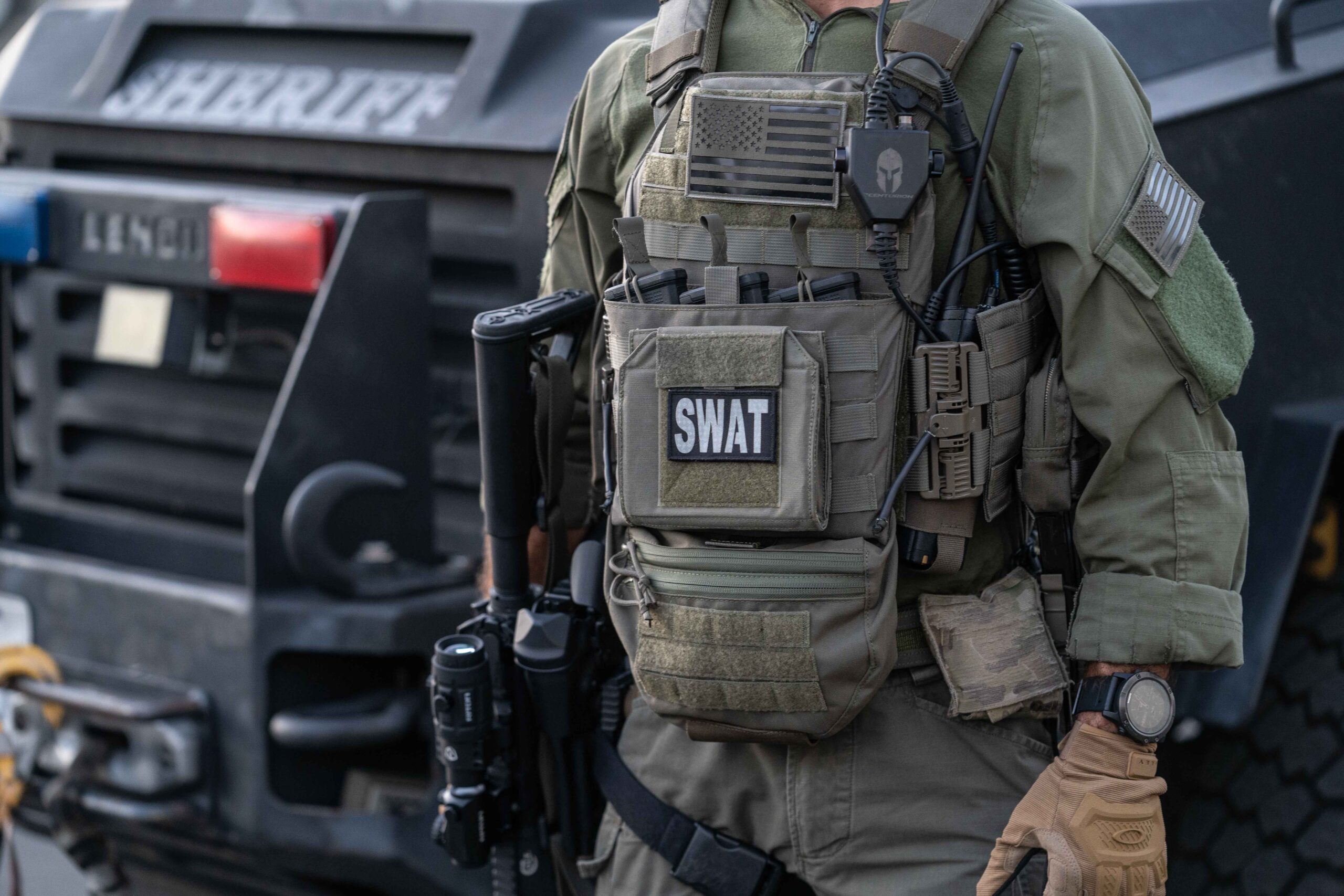
Proper body armor is crucial for personal protection, particularly in high-risk environments or during hazardous activities. Among the first choices individuals must make is between heavy-duty armor and lightweight armor plates. Both types of plates have their pros and cons. Knowing these can help you choose the right gear to meet your needs. Get top-tier protection with the 4S17M Level IV Armor Plates—shop now!
Armor Plate Types
Armor plates are ballistic plates that protect the wearer from gunfire and shrapnel. They are inserted into a tactical vest or plate carrier to protect the torso, a vital area for any wearer under threat. The armor plates are graded based on the level of protection they can provide, and the grading is in line with the rounds they can defeat.
What Are Lightweight Armor Plates?
Lightweight armor plates are designed to provide high protection at a low weight. These plates are made from advanced materials, including ceramic composites, polyethylene (PE), and ultra-high-molecular-weight polyethylene (UHMWPE). The primary goal is to allow the wearer to possess mobility, agility, and comfort without sacrificing too much protection.
Benefits of Lightweight Armor Plates
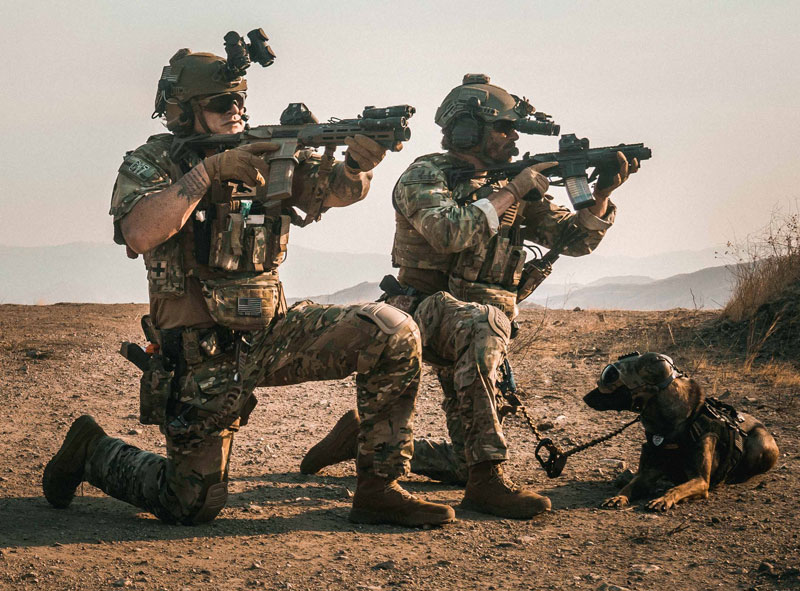
Mobility and Comfort: The primary advantage of lightweight armor is its enhanced mobility. Moving freely can make all the difference whether you’re involved in tactical operations, law enforcement work, or military combat. Lightweight armor helps reduce fatigue during long operations or physically demanding tasks.
Reduced Fatigue: With less weight, light armor plates lessen the physical strain on the wearer. This is especially important for extended operations or when long periods in the field are expected.
Speed and Agility: Light armor enables faster movement, which can be crucial for operations that require quick decision-making, evasive maneuvers, or rapid retreats to cover.
Disadvantages of Lightweight Armor Plates
Durability Concerns: Lightweight materials like polyethylene can be more prone to damage under repeated impacts or in extreme environments (such as heat and humidity), although new technology continually improves durability.
What Are Heavy-Duty Armor Plates?
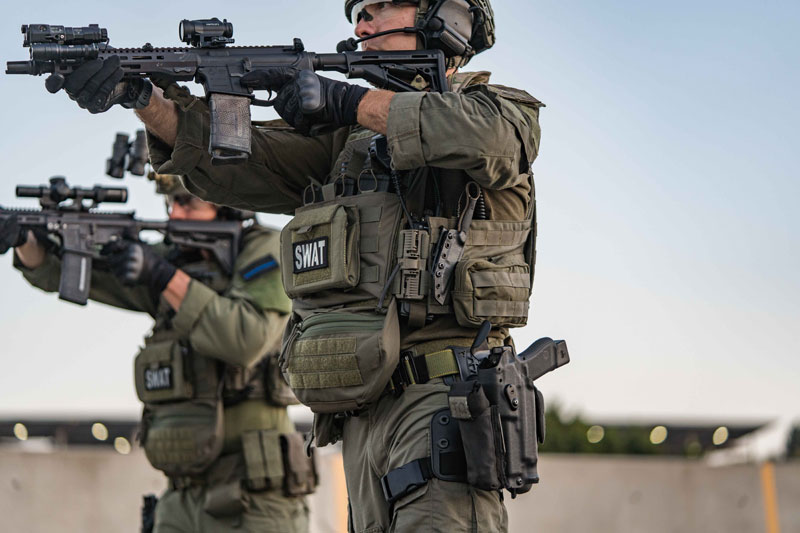
On the other hand, heavy armor plates are designed to provide optimum protection at the expense of greater weight. Such plates are typically made of steel, ceramic, or a combination of both materials. Their most significant function is to stop high-velocity rounds, i.e., those fired from rifles, and therefore are ideal for soldiers, SWAT team members, or anyone else who may be at risk of being fired at with high-powered rifles.
Advantages of Heavy-Duty Armor Plates:

Maximum Protection: Heavy-duty armor plates can defeat the most powerful rounds, including 7.62 NATO and 5.56mm rounds and even armor-piercing rounds. Heavy-duty armor is the go-to choice for those who face severe ballistic threats.
Durability: Steel plates, in particular, are renowned for their exceptional durability and long lifespan. They can withstand multiple impacts without compromising their protective capabilities.
Long-Term Investment: Due to their durability and high level of protection, heavy-duty plates can be considered a long-term investment for individuals working in high-risk environments or situations where maximum security is required.
Disadvantages of Heavy-Duty Armor Plates
Added Weight: The worst drawback of heavy armor is its weight. Although it offers the highest level of protection, the added weight can lead to fatigue, reduced mobility, and overall discomfort with prolonged use.
Decreased Comfort and Flexibility: Heavy armor can be uncomfortable to wear and limit the wearer’s ability to move quickly or perform certain tasks, especially when agility is crucial.
When to Use Lightweight Armor Plates
Lightweight armor plates are most suitable for use where comfort, mobility, and extended wear are paramount. Some include:
Law Enforcement
Officers who are required to wear armor for extended periods while working will appreciate its lighter weight. Lightweight armor enables officers to maintain their agility while still being protected from common threats, such as shotguns or handguns.
Urban War or Tactical Ops
Light armor has the advantage in operations that require speed, agility, and freedom of movement in complex urban terrain. It’s also ideal when the wearer moves quickly from one cover to another.
Military Personnel in Low-Risk Situations
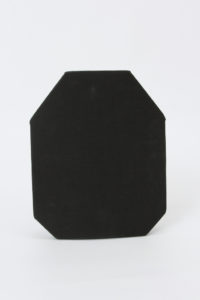
Military personnel who work in scenarios where high-power rifle rounds are less likely to be encountered can be well-protected by light armor without compromising performance.
It’s perfect for patrol or reconnaissance duties.
Chase Tactical’s 4S17M Level IV Armor Plates strike the ideal balance between weight and protection, delivering high protection against rifle threats without being too heavy. Level IV armor plates are engineered to withstand high-velocity rounds, making them the best choice for areas where rifle ballistic threats are a factor, while still providing comfort and mobility.
When to Use Heavy-Duty Armor Plates
On the other hand, heavy-duty armor plates are best suited for application in situations where high-powered weapons are more common and the highest level of protection is necessary. These include:
Military Combat
Heavy-duty plates are necessary in combat zones where high-powered rifle rounds may threaten soldiers. They offer the protection required to survive a direct hit from rounds like the 7.62 NATO.
SWAT Teams or Special Operations
These units are typically deployed in high-risk situations, where they are exposed to rapid and heavy fire. Heavy-duty plates instill confidence in the capability to halt the most serious threats.
Hostile Environments
Suppose you’re operating in situations with a higher threat level from sniper or high-powered rifle fire, active war zones, or areas with insurgents. In that case, heavy-duty plates offer the highest level of protection.
Choosing Between Lightweight and Heavy-Duty Armor Plates
Choosing between lightweight and heavy-duty armor plates comes down to evaluating your needs. The following are the most critical factors to take into consideration:
Threat Level: What kind of weapons or ammunition do you expect to encounter? If your greatest threat is handguns or shotguns, you might be well enough served with lightweight armor. If you are facing military-style rifles, consider heavy-duty armor.
Duration of Use: Will you be wearing the armor for long periods? If so, lightweight armor will prevent fatigue and discomfort. Heavy-duty plates may be better suited for short, high-risk use.
Mobility: Will you need to move with agility? On tactical missions, lightweight armor is ideal for mobility. Heavy-duty armor is ideal for individuals needing protection in less mobile scenarios.
Budget: Both heavy and light-duty armor have their pros, but heavy-duty plates can be more expensive due to the materials and technology involved. Consider your budget and future requirements when making a decision.
Conclusion
When choosing between lightweight and heavy-duty armor plates, consider your specific protection needs, the nature of your environment, and the level of comfort and mobility required. Both types of armor have distinct advantages depending on the situation, so making an informed decision can greatly impact your safety and effectiveness in the field.
Frequently Asked Questions
Can lightweight armor plates protect against rifle rounds?
Yes, certain advanced, lightweight armor plates, such as ceramic or UHMWPE, can protect against specific rifle rounds. But they may not be as effective as heavy armor in withstanding high-powered, armor-piercing ammunition.
How do I choose the correct armor plate for me?
It all depends on the threats you’re facing, how long you’ll be in the armor, and the mobility required. Heavy armor is ideal for best-in-class protection in high-risk areas, but lighter armor plates are better for lighter and more mobile applications.

